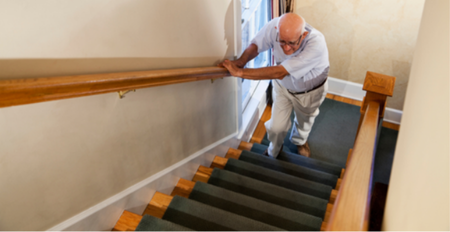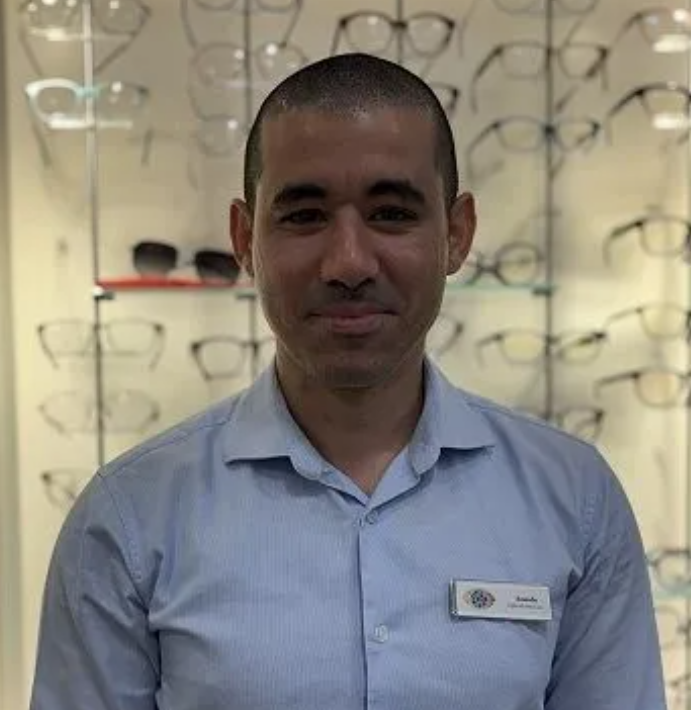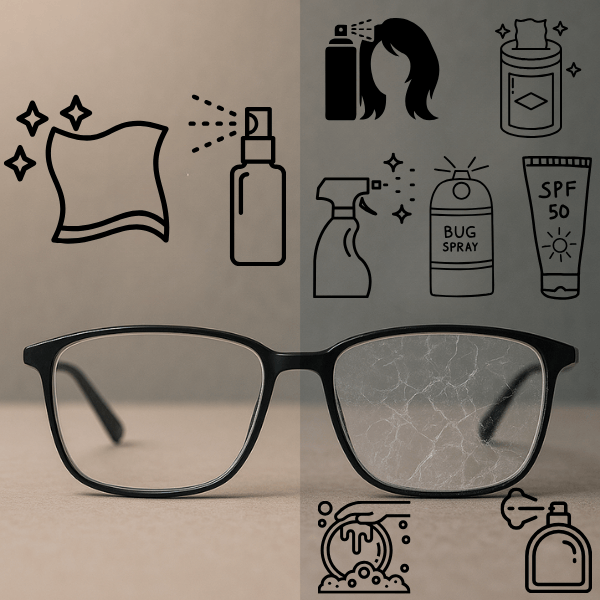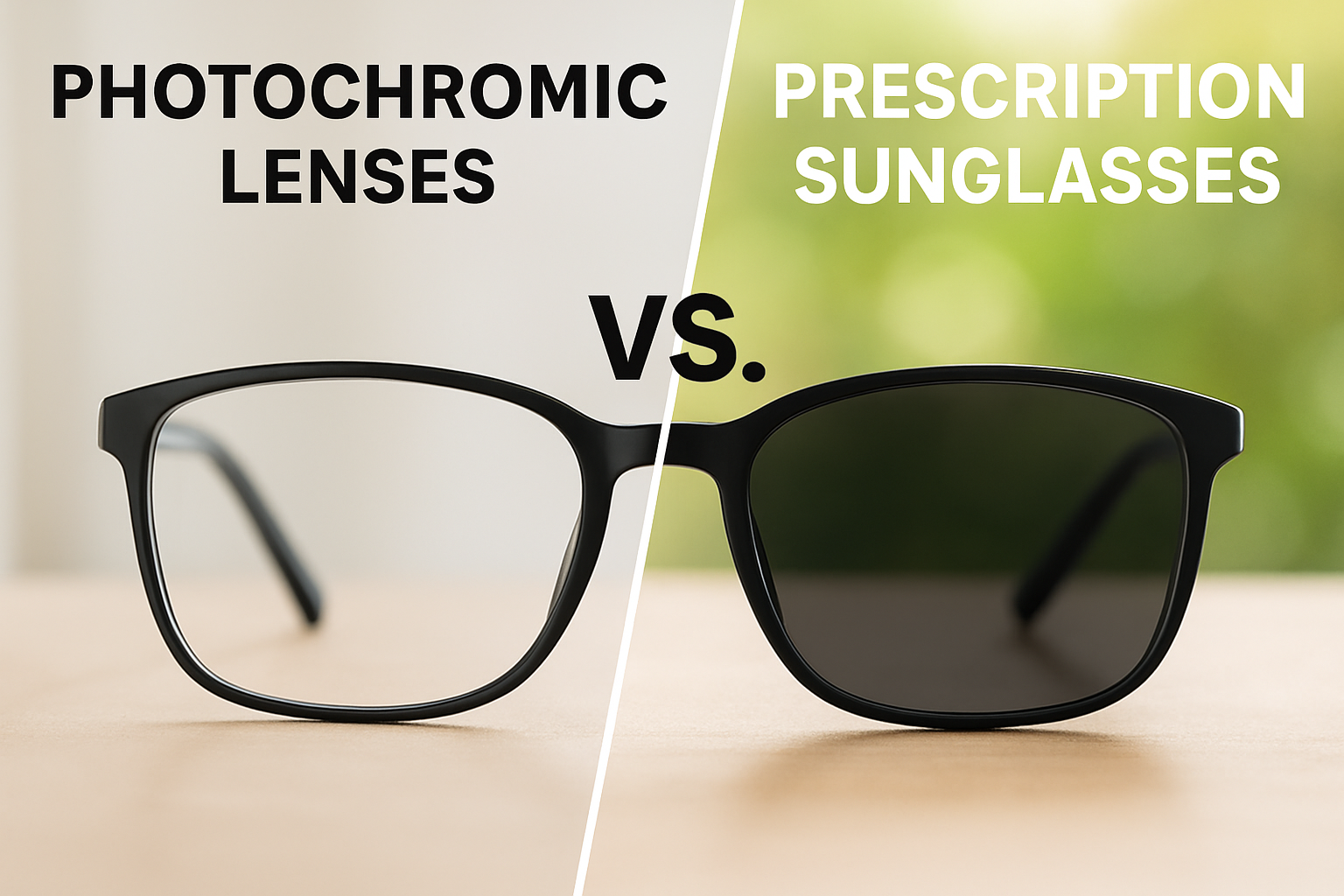How to Get Used to Progressive Lenses: Tips for a Smooth Transition
Getting used to progressive lenses can feel overwhelming at first, especially if it's your first time wearing them. The lenses are designed to help you see clearly at every distance, combining multiple prescriptions into a single, seamless design. While they eliminate the hassle of switching between reading and distance glasses, the transition can take a bit of patience and practice.
Many people notice blur, dizziness, or distortion at first. The good news? With a few simple adjustments, most people adapt quickly and comfortably, especially with the newer technology and improved customization now available.
Why Progressive Lenses Feel Different at First

Progressive lenses are designed to give you clear vision at all distances, from far away to up close. Unlike bifocals, there's no visible line separating the zones. Instead, the prescription changes gradually from top to bottom.
That smooth transition is great for aesthetics and functionality, but it does take some getting used to. Early on, you might notice:
- Peripheral blur
- A "swim" effect when moving your head
- Difficulty finding the right spot to focus
These sensations are normal and usually fade as your eyes and brain adapt.
7 Practical Tips to Adjust to Progressive Lenses Faster
1. Wear Them All Day
The more you wear your progressives, the faster you will adapt. Avoid switching back to your old glasses, as this can slow down the process.
2. Point Your Nose, Not Just Your Eyes
Progressive lenses work best when you move your whole head, not just your eyes. Turning your head to look at something helps you find the clearest zone in the lens more quickly.
3. Look Through the Right Part of the Lens
Each section of the lens is optimized for a specific distance:
- Top: Distance (driving, walking)
- Middle: Intermediate (computer, dashboard)
- Bottom: Reading (books, phone)
Practice moving your gaze between zones until it feels natural.
4. Be Careful on Stairs and Uneven Surfaces

Looking down through the reading portion of the lens can make stairs seem distorted. Take your time, hold onto railings, and tilt your chin down slightly to look through the upper zones.
5. Give It Time
Most people adapt within a few days to two weeks. Some may need a little longer. Be patient, and don’t get discouraged by minor discomfort. You should be noticing a bit of progress and fewer symptoms each day you wear them.
6. Book a Follow-Up if It’s Not Working
If you're still struggling after two to three weeks, let us know. We will take a look and see if there are adjustments that could make the adaptation process easier for you. A quick follow-up with one of our expert optical consultants can make all the difference.
7. Choose Quality Lenses and Precise Measurements
Properly customized lenses make a huge impact. Getting measured by a professional ensures your lenses are built accurately and match your unique visual habits, head posture, and eye alignment.
Common Mistakes That Slow Down Adjustment
- Going back to your old glasses
- Only wearing your progressives occasionally
- Buying online without an in-person fitting
Benefits of Sticking With It
- Clear Vision at All Distances
You can see near, far, and everything in between without needing to switch glasses.
-One Pair for Everything
No need to carry multiple pairs of glasses. Progressive lenses handle reading, driving, and computer work in one design.
-Natural Appearance
There’s no visible line in the lens like with bifocals, so they look more like regular single-vision glasses.
-Seamless Transitions
The gradual change in prescription allows for a smoother visual experience when shifting your focus.
FAQ
How long does it take to get used to progressive lenses?
Most people adjust within one to two weeks, especially with consistent wear.
Why do progressive lenses make me dizzy?
Your brain is learning how to navigate multiple prescriptions in one lens. This usually resolves with regular use.
Can I drive with new progressive lenses?
Yes, but it’s best to give yourself a few days of indoor practice first. Start with short, familiar routes.
What if I can’t get used to them?
Schedule a follow-up. Your optometrist can check the lens position, prescription, and overall fit.

Written by Rosendo
About the Author:
Rosendo was born and raised in Havana, Cuba, where he began his professional journey studying Optometry and Optics. His career then took him to Dubai, where he worked in the optical field for two years as a Sales Associate. Now, he’s settled in Calgary and takes great pride in being a valued member of our Mountain View Optometry team as an Optical Associate.











